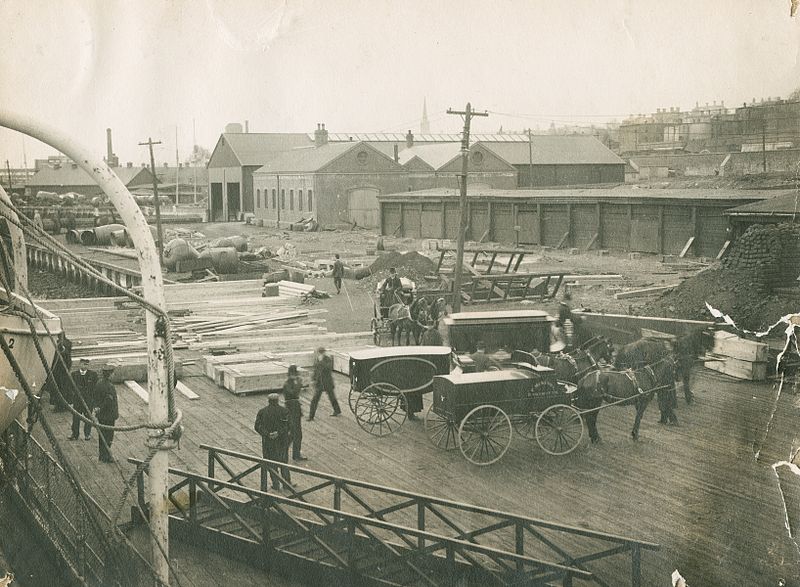
Figure 1 – The need to witness, hearses in Halifax, NS awaiting the arrival of drowning victims of the Titanic, May 6, 1912. Photograph from the Wikimediacommons and in the public domain. Original photograph attributed to attributed to William J. Parker or William Mosher.
We have been discussing the great race in the late nineteenth and early twentieth centuries to be able to send images rapidly across the globe. Of course, much of this centered on photojournalism, and there certainly appears to be a need for people to be eye witnesses to events, to gain tangibility through sight. While the written word and human imagination can be very powerful tools, nothing compares to actually seeing something. Sight creates reality. And, as we have considered before, part of the reality created is that most intense of emotions, empathy.
We see this everyday on the news. Whenever there is a natural or human caused disaster, we want our news media to be in the thick of it. It is not enough to read or hear about tornados in Oklahoma or bombings in Boston. Before the scope and intensity of these events can truly register, we need, at a photographic level, to be eyewitnesses.
To me one of the most curious aspects of this human phenomenon is what I like to refer to as vestigial intimacy. Vestigial, of course, means to wear the clothes of it. In biology it refers to a physical trait, often so diminished or diminutive as to be unrecognizable. Classic examples are the pelvic bones in snakes and in man the appendix and the tail bone. How does the appendix serve us save, if it becomes inflamed, to necessitate surgery or death? How does the tail bone serve us, except to hurt like the Dickens if we fall on it? Still the tail bone ties us to the phylogeny of our species, binds us to our primate ancestors.
So too is vestigial intimacy of image. I get up early and drink my coffee while watching the local news. We have three reporters whose jobs appear to be on-the-scene reporting. We have a storm, and there is Nicole standing perilously on the side of Boston’s beltway, watching the cars and trucks skid out. Or worse, Steve is essentially standing in the ocean, in danger at any moment of being swept out to sea or electrocuted by his microphone as a hurricane belts our coast. And my personal favorite, a crime has been committed the previous day, and there is Victoria reporting from outside the victim’s door. It is dark, and I have to wonder what the purpose is of her breaking the sleepy silence of the neighborhood. What knowledge do I gain? How am I better informed or more connected to events by depriving Victoria of sleep, or by putting Nicole or Steve in mortal danger? It is the powerful need for human connection, to be intimate with events, a need so strong that it still expresses itself in this almost meaningless vestigial fashion.
